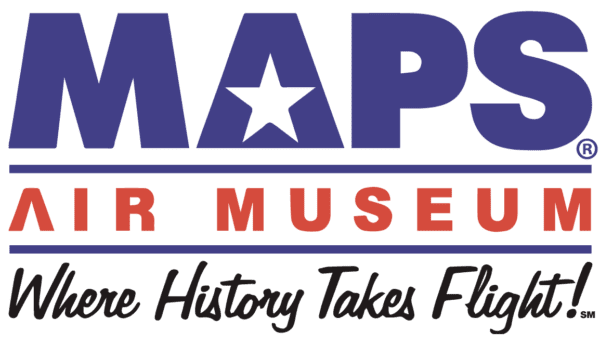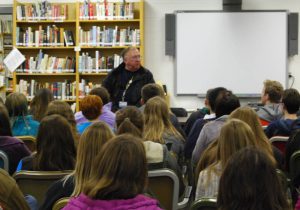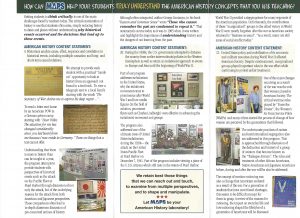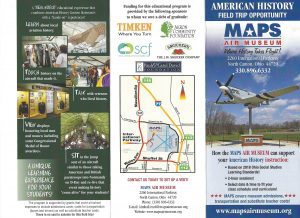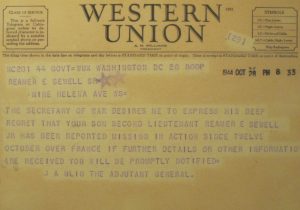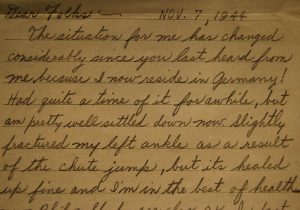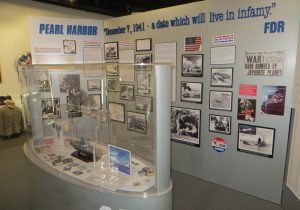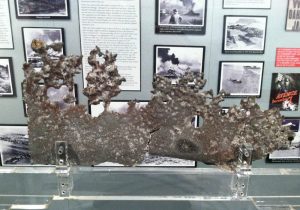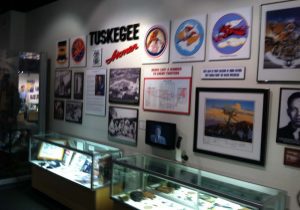MAPS American History Program
The MAPS American History Program is a “real world” educational experience offered to local high school United States History classes that combines American History Content Standards with “hand-on” experiences. The program is provided at no cost to schools due to the generous grants from the Timken Company, the John A. McAlonan Fund of the Akron Community Foundation, the Stark Community Foundation, rhe J.M. Smucker Company and the Paul and Carol David Foundation.
“Those who cannot remember the past are condemned to repeat it.”
— George Santanya, 1905
In this program, we hope to be able to provide both students and teachers with a unique approach to history and to give a focal point for future classroom discussions.
The program focuses on three specific Social Studies Content Standards
Content Statement 3: “Historians analyze cause, effect, sequence and correlation in historical events, including multiple causation and long-and short-term relations.”
Getting students to think critically is one of the main challenges faced by teachers today. The critical examination of history is one area that students often miss, reducing history to dates and places without understanding of why historical events occurred. To view a Western Union telegraph sent to a World War II family starting with the words: The Secretary of War desires me to express his deep regret that your son….”, to read a letter written to his parents by an American POW in a German prison camp or to set in an aircraft like the ones that took paratroops into Normandy on June 6, 1944 are things that cannot be offered in a classroom.
Content Statement 20: “During the 1930s, the United States government attempted to distance the country from earlier interventionist policies in the Western Hemisphere as well as retain an isolationist approach to events in Europe and Asia until the beginning of World War II.”
Part of the program addresses one of the ultimate costs of United States isolationism during the 1930s, the attack of the United States Pacific Fleet at Pearl Harbor through discussion not only of the attack, but the underlying reasons for the attack. Part of the display that is included in the program is a piece of the battleship U.S.S. Arizona.
Content Statement #21: “The United States mobilization of its economic and military resources during World War II brought significant changes to American Society. Despite mistreatment, marginalized groups played important roles in the war effort while continuing to protest unfair treatment.”
World War II brought many changes to American Society which are addressed in this program – including the role of women in this nation. These changes are highlighted by the roles played by “Rosie the Riveter” and the members of the Women’s Air Force Service Pilots (WASPS). The unfortunate practices of racism and institutionalized segregation in this nation were also addressed during this period. The program highlights the dedication and bravery of a group of avaitors that came to be known as the Tuskegee Airmen. A discussion of the roles that these heroes played both during and after the war is included in the program.
The concept of wartime rationing is one foreign to today’s student. A review of the reasons for rationing, some of the rationing programs and the impact of rationing on a generation of Americans is discussed during the visit to MAPS.
